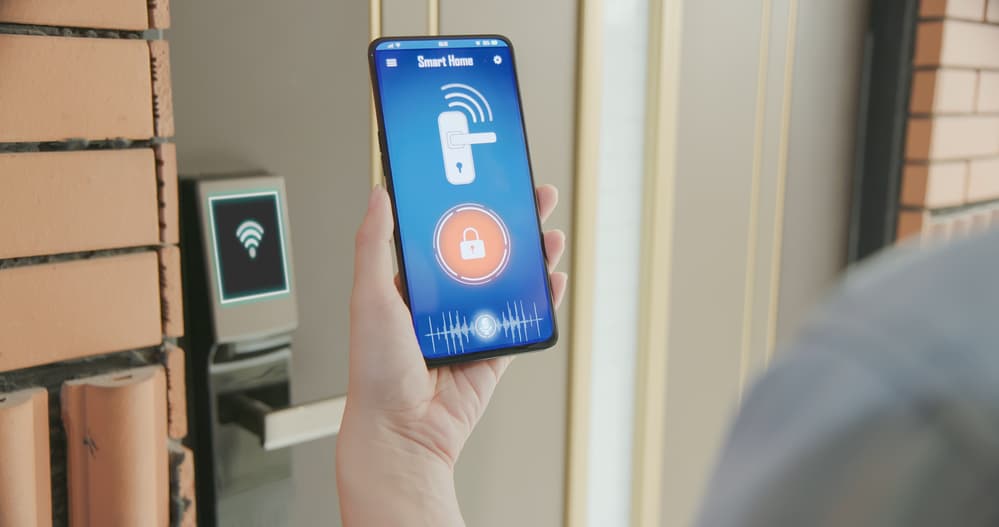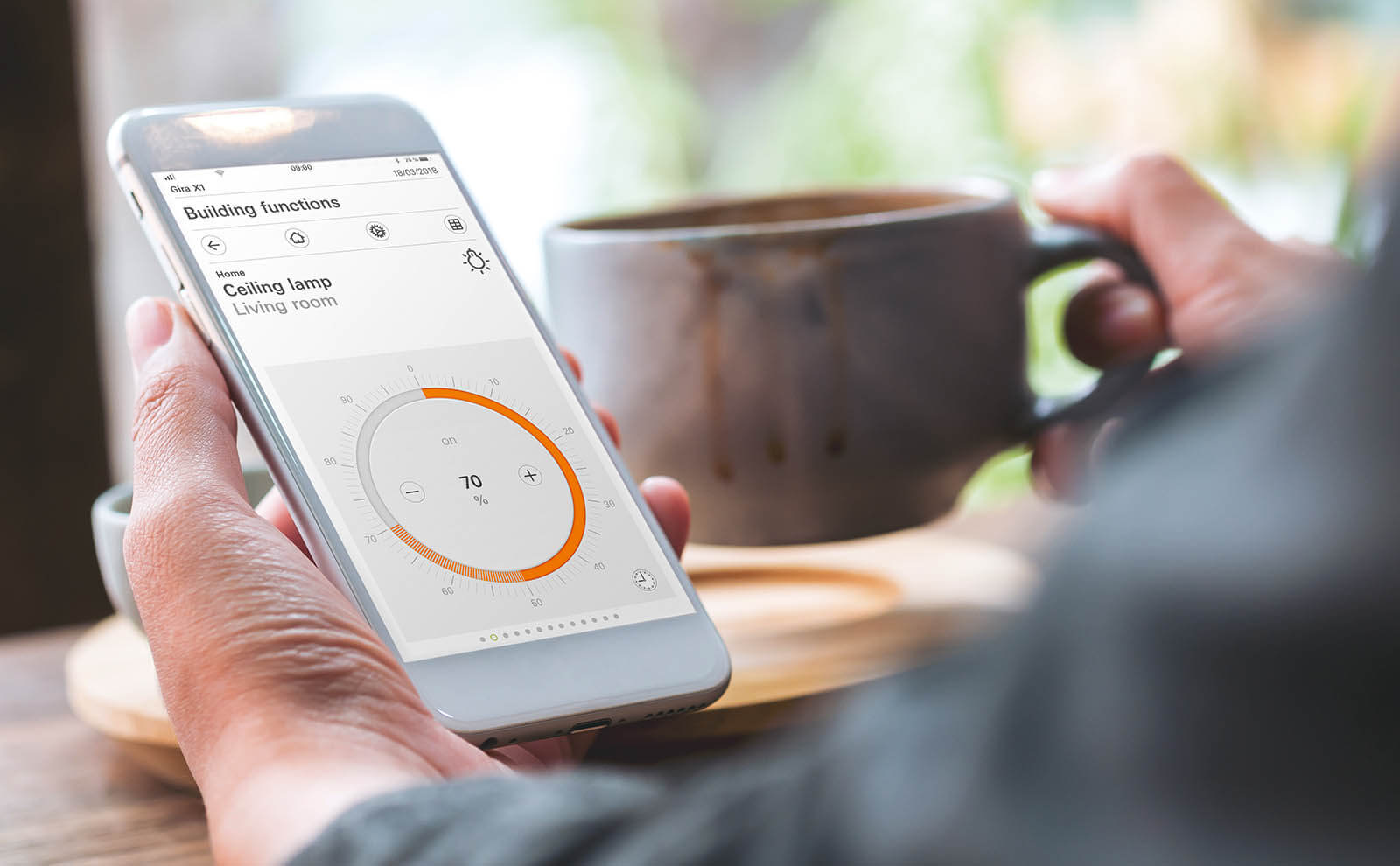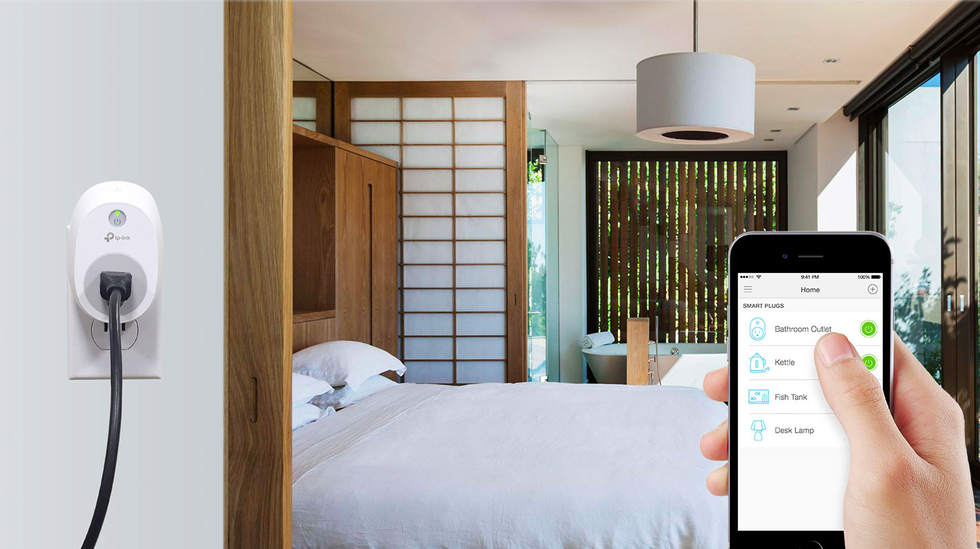The history of voice assistants is a fascinating journey that spans several decades, evolving from simple command recognition systems to sophisticated AI-driven technologies. This evolution has significantly impacted how we interact with our devices and manage our daily tasks. Understanding this history not only provides insight into technological advancements but also offers a glimpse into the future of human-computer interaction.
In the early days, the idea of machines understanding human speech was a concept found primarily in science fiction. However, as technology advanced, researchers began exploring the possibilities of creating systems that could recognize and respond to human voice commands. This exploration laid the groundwork for the voice assistants we use today.

The Birth of Voice Recognition Technology
The journey began in the 1950s, with the development of the first speech recognition systems. These early systems were limited, able to recognize only a few words or numbers. One of the first systems, developed by Bell Labs, was called ‘Audrey.’ Audrey could recognize digits spoken by a single voice, a groundbreaking achievement at the time.
Advancements in the 1960s and 1970s
During the 1960s and 1970s, advancements in technology led to the creation of more sophisticated voice recognition systems. IBM introduced ‘Shoebox,’ a device capable of recognizing and responding to 16 spoken words. This period also saw the development of the ‘Harpy’ system by Carnegie Mellon University, which could understand approximately 1,000 words.
The Rise of Digital Assistants in the 1990s
As computing power increased and algorithms improved, the 1990s became a pivotal decade for voice assistants. This era witnessed the introduction of more practical applications of voice recognition technology. Dragon Dictate, released in 1990, was one of the first commercially available speech recognition software for consumers.
Integration into Consumer Electronics
By the late 1990s, voice recognition technology began to be integrated into consumer electronics. Microsoft’s introduction of ‘Clippy,’ an interactive assistant for Microsoft Office, and Philips’ ‘VoiceXpress’ demonstrated the growing interest in making technology more accessible through voice commands.
21st Century: The Age of AI-Powered Assistants
The new millennium marked a significant leap forward with the introduction of AI-powered voice assistants. Apple’s launch of Siri in 2011 revolutionized the industry by demonstrating how voice assistants could be integrated into smartphones to perform a wide range of tasks.
The Emergence of Competitors
Following Siri’s success, other tech giants entered the market with their versions of voice assistants. Google introduced Google Assistant, Amazon launched Alexa, and Microsoft’s Cortana entered the scene. Each of these systems brought unique capabilities and improvements, further advancing the field.
Impact on Smart Homes
The integration of voice assistants into smart homes has transformed how we interact with our living spaces. Devices like Amazon Echo and Google Home allow users to control lights, thermostats, and security systems through voice commands, enhancing convenience and accessibility. For insights into how smart home systems are evolving, check out this article on smart home productivity.
Enhancing Accessibility and Productivity
Voice assistants have made technology more accessible for individuals with disabilities, allowing them to interact with devices without needing to use traditional interfaces. Moreover, these assistants have enhanced productivity by enabling hands-free operation of tasks, a topic discussed further in this smart home glitches article.
The Future of Voice Assistants
Looking ahead, the future of voice assistants is promising. As AI continues to evolve, these systems are expected to become even more intuitive and responsive. Innovations in natural language processing and machine learning will likely lead to more personalized and context-aware interactions.
Potential Challenges
Despite the progress, there are challenges to address, such as privacy concerns and the need for improved accuracy in diverse environments. Addressing these challenges will be crucial to the continued success and acceptance of voice assistants.
Conclusion
The history of voice assistants is a testament to the incredible advancements in technology over the past few decades. From the early days of speech recognition to todays sophisticated AI systems, voice assistants have changed how we interact with technology and manage our daily lives. As the field continues to advance, we can look forward to even more innovative and transformative applications in the future.

FAQs
What was the first voice assistant?
The first widely recognized voice assistant was Apple’s Siri, launched in 2011. Before Siri, there were earlier systems like IBM’s Shoebox and Bell Labs’ Audrey, which laid the groundwork for modern voice technologies.
How do voice assistants work?
Voice assistants use a combination of voice recognition, natural language processing, and AI algorithms to interpret and respond to user commands, allowing for hands-free interaction with devices.
What are the privacy concerns with voice assistants?
Privacy concerns with voice assistants include the potential for unauthorized data access and the collection of personal information. For more on data privacy, visit PwC’s insights.
This article contains affiliate links. We may earn a commission at no extra cost to you.






